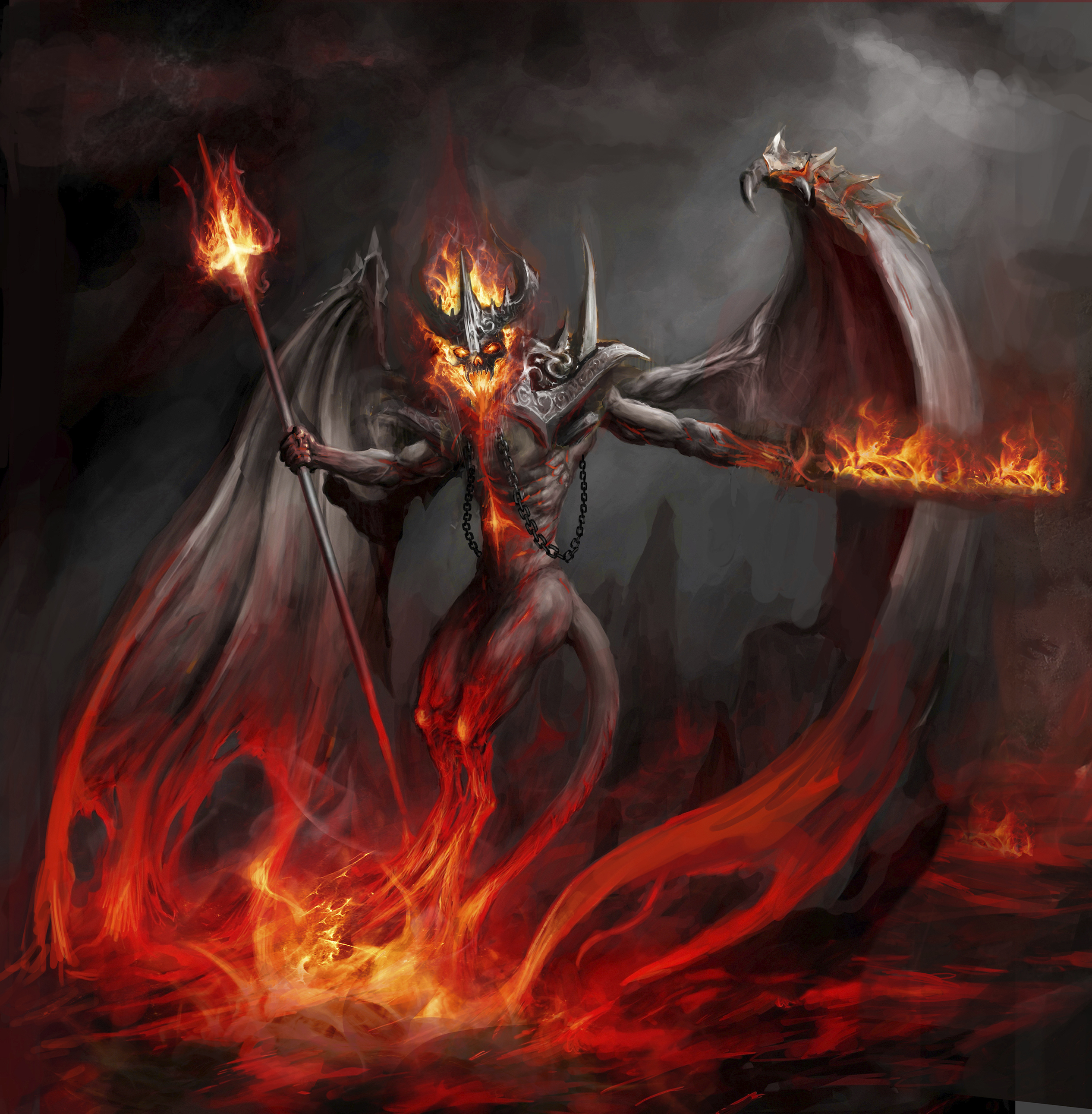Some Sympathy from the Devil

Throughout my articles, when I use the term Imitatio Christi I usually refers to the suffering of Jesus Christ, in comparison to that of humans as it points out a seemingly impulsive instinct to live and suffer in the way Christ did, as the texts we’ve analyzed before have told us. However, the text being analyzed in this article will contain a comparison between Satan and Christ, two polar opposite entities of light and dark. However, what connects the two sons of God is this aspect of suffering and how it interacts with Imtatio Christi. Unlike before, it is not about the suffering of Christ and Satan themselves, but is instead about the suffering of those surrounding them. Although both stand for completely different elements, the reflection of one through the other’s actions is most apparent.
Jesus’ actions in life were heroic as much as they were miraculous. Feeding the hungry, curing blindness and stopping awaited executions were all admirable exploits, but all had one thing in common: all actions involved the ceasing of suffering. Jesus is a symbol today for that very same idea. That being said, it is apparent in Book Two of Paradise Lost that Satan shares some of those heroic aspects exemplified by Jesus Christ during his documented life.
Satan in Paradise Lost

The Satan that is read in this text by John Milton is unusual when it comes to his portrayal. Satan, is usually casted in an evil role. One that is the polar opposite of Jesus and to compare the two at all is grounds for sacrilege. However, the Satan we are introduced to in Paradise Lost is one of complexity. Much more than the one note “Opposer” that Satan is named for in Hebrew. He is not just the temptation of humanity, but is a being that has been wronged by an all mighty God. The Satan of a Paradise Lost is one of complexity, and of leadership, as much as the Satan in the Bible is one of cunning, and opposition. Paradise Lost is to Satan as the Bible is to God, a story detailing the leadership, rule, and grooming of a better world in the shape of their own image.
In Book Two, Satan is described as a charismatic speaker, democratic and rational and later in Book Four to be capable of envy and despair. These human qualities attached to him make his exploits and the accomplishment of them more reflecting of Christ himself. This mostly due to the fact that Christ gained followers for every action of kindness he took, and those followers were believers of his power as the Messiah. Additionally, Jesus’ role as a Jewish preacher parallels with Satan’s Charismatic leadership.
Later in Book Two, Satan speaks to his comrades about their plot against God but it is in the way he speaks to them and preaches his ideas to them that Satan acts in accordance to Imtatio Christi. Beezlebub, Moloch and Mammon all might have the same social grounding as Satan, but he is the only one capable of leading them towards a common goal as each ally wants different things. It is Satan that opens the debate in the first place, and in giving each devil a platform to speak, Satan gives some of the power of leadership to them. Similar to that of Jesus when he would connect his disciples to both God and to each other (Citation needed). Through this, it becomes more apparent that the relationship between Satan and his devils is reflective of Jesus’ relationship with his disciples. Both sets of followers suffer from a lack of knowledge, something that both Satan and Jesus can -and are almost meant to, mend. Jesus would do this whenever he brought his disciples to places where people were ever in need; like he did in John 6:1-13, where he charges his disciples to minister the bread in the feeding of the five thousand (John 6:1-13). In Paradise Lost, Satan does this when he volunteers himself to scout the New World in front of his allies. They both set examples for their disciples, who suffer from ignorance of greater behavior.
Qualities of a Leader
These behaviors of a charismatic leader-someone preaching to a suffering people a plan to live a greater life- is additionally seen in the characters of Sin, Death and the Hell Hounds. These three entities are not only holding the keys to the gates of Hell for eternity but are also spawns of Satan that were forgotten by him. This aimless type of suffering placed onto them is mended by Satan’s passionate plot to take vengeance against God, and although it may be for the greater good of Satan, his effect on the entities that suffer is one of healing nonetheless.
Both Jesus and Satan-at least the one described to us in Paradise Lost- both unite those around them through their leaderships in charisma or healing. Jesus taught his disciples to serve the people, more specifically people in suffering, which is no different to the Satan we see in Paradise Lost- a Satan that wants to maintain his free will and to share it with his demonic allies. Whether or not Milton intended it, the quality of Jesus’ leadership is seen in Satan’s interaction with suffering entities. They both seem to consistently help those that in need, whether we like that or not.
Works Cited
- Milton, John. Paradise Lost. The Norton Anthology of English Literature: The Sixteenth Century to The Early Seventeenth Century, general editor, Stephen Greenblatt, 10th ed, Norton, 2018.